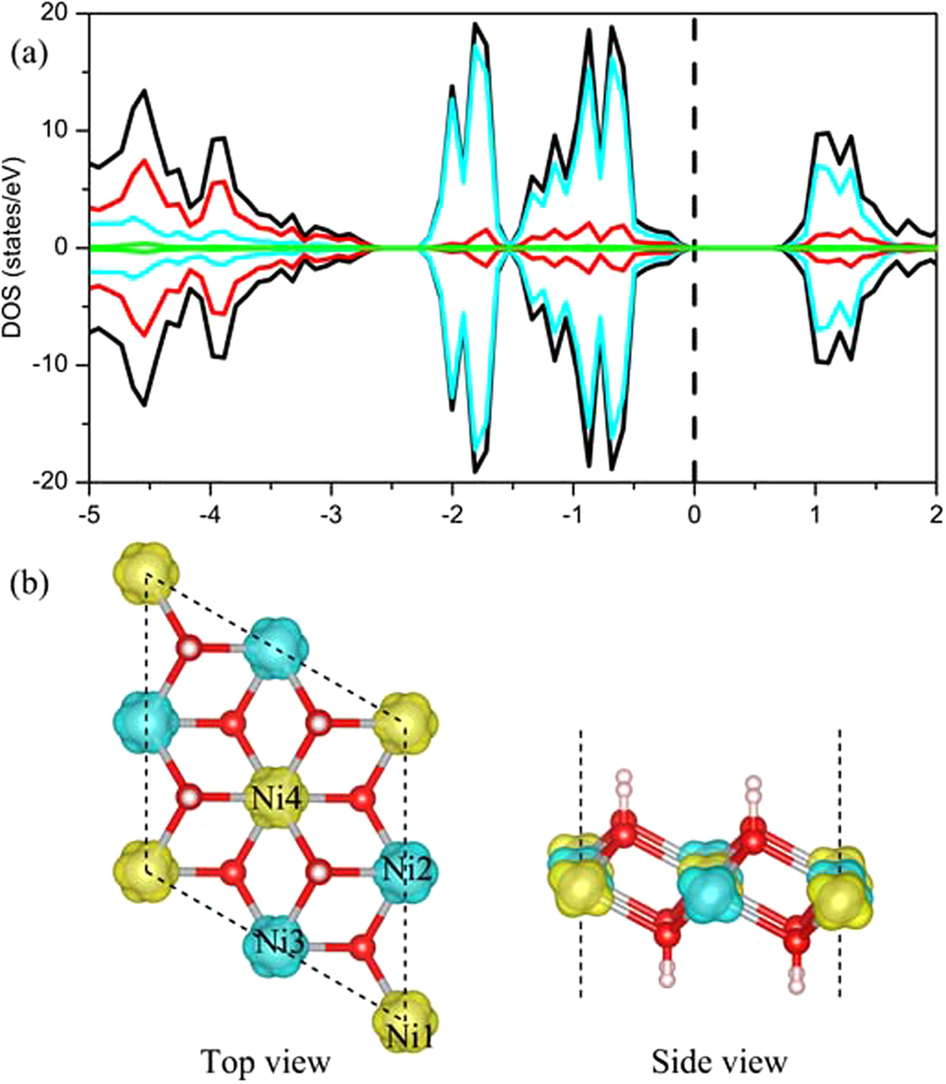Electronic and Magnetism Properties of Two-Dimensional Stacked Nickel Hydroxides and Nitrides
New door to design spintronic devices in 2D stacked nanostructures
By Francis Pelletier | July 7, 2015 at 2:45 pmNature, Scientific Reports has published an article written by Xiao-Lin Wei, Hunan Key Laboratory for Micro-Nano Energy Materials and Device, Department of Physics, Xiangtan University, Hunan, 411105, China – Beijing Computational Science Research Center, Beijing 10084, China, Zhen-Kun Tang, Beijing Computational Science Research Center, Beijing 10084, China – Departments of Physics and Electronics, Hengyang Normal University, Hengyang 421008, China – Chengdu Green Energy and Green Manufacturing Technology R&D Center, Chengdu, Sichuan, 610207, China, Gen-Cai Guo, Hunan Key Laboratory for Micro-Nano Energy Materials and Device, Department of Physics, Xiangtan University, Hunan, 411105, China – Beijing Computational Science Research Center, Beijing 10084, China, Shangyi Ma, and Li-Min Liu, Beijing Computational Science Research Center, Beijing 10084, China.
(a) The total and partial DOSs of the pristine monolayer Ni(OH)2.
The black, glaucous, red, and green lines in the upper DOS images
represent the total DOS,
the partial DOS of Ni, O, and F atoms, respectively.
(b) The spin density distributions of the of the pristine monolayer Ni(OH)2.
The grey, red, pink, green, dark green, brown, and blue balls represent Ni, O, H, B, Al, Ga, and N atoms, respectively. The yellow and glaucous isosurfaces correspond to the spin up and spin down density, respectively (the isovalue is 0.05 a.u). In order to study the different magnetic coupling of Ni atoms,
the different atoms of the unit cell are labeled as Ni1, Ni2, Ni3, and Ni4, respectively.
Abstract : “Two-dimensional (2D) layered materials receive a lot of attention because of their outstanding intrinsic properties and wide applications. In this work, the structural, electronic and magnetic properties of nickel hydroxides (Ni(OH)2) and nitrides XN (X = B, Al, and Ga) heterostructures are studied by first-principles calculations. The results show that the pristine monolayer Ni(OH)2 owns no macro magnetism with antiferromagnetic (AFM) coupling between two nearest Ni atoms, the electronic structure can be modulated through the heterostructures. The Ni(OH)2-GaN and Ni(OH)2-AlN heterostructures retain the AFM coupling, while Ni(OH)2-BN heterostructure have a larger magnetic moment with ferromagnetic (FM) coupling. The complete electron–hole separation is found in the Ni(OH)2-GaN heterostructure. The tunable electronic and magnetic properties of the Ni(OH)2-XN heterostructures open a new door to design the spintronic devices in the 2D stacked nanostructures.”













 Subscribe to our free daily newsletter
Subscribe to our free daily newsletter
